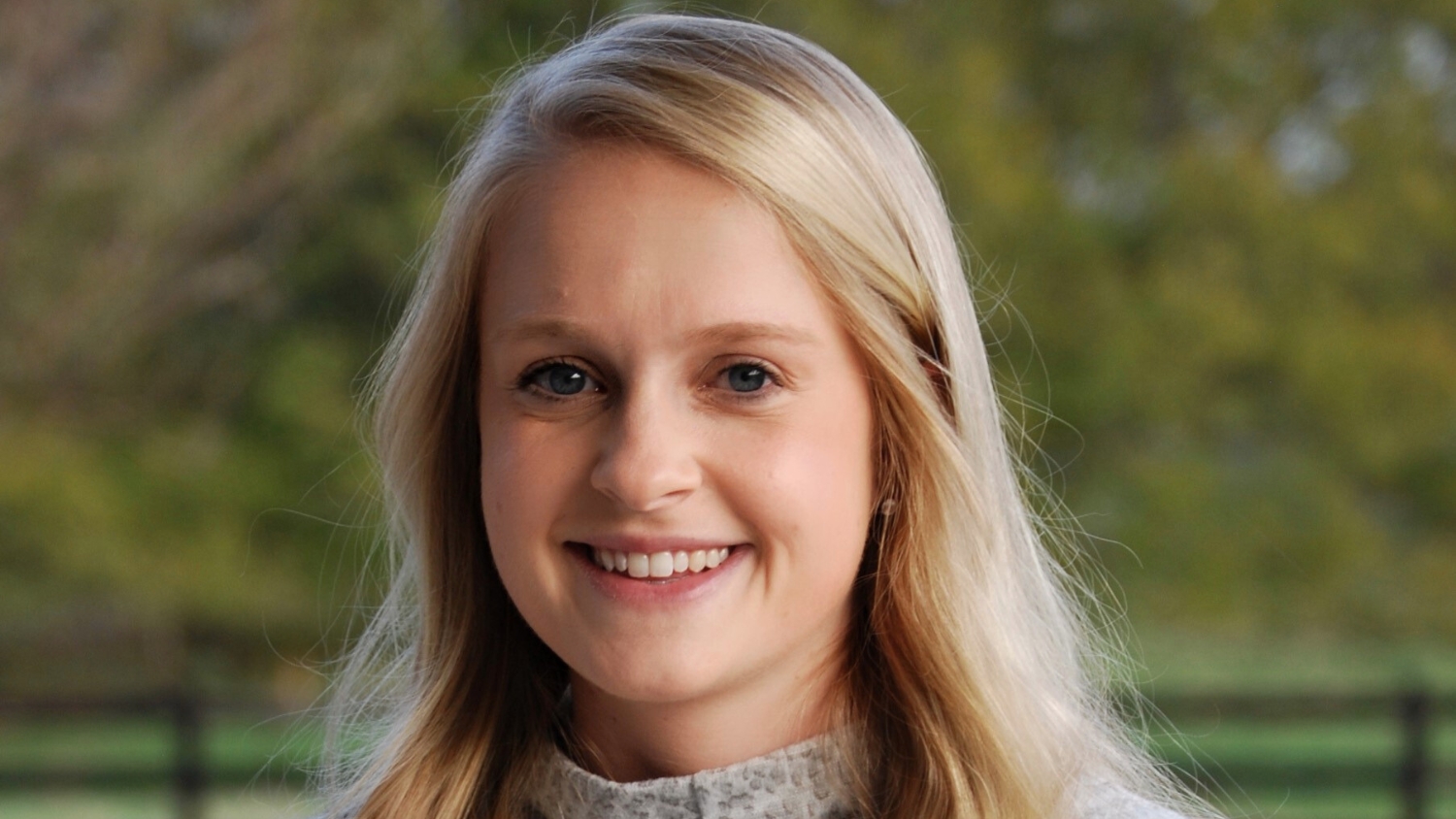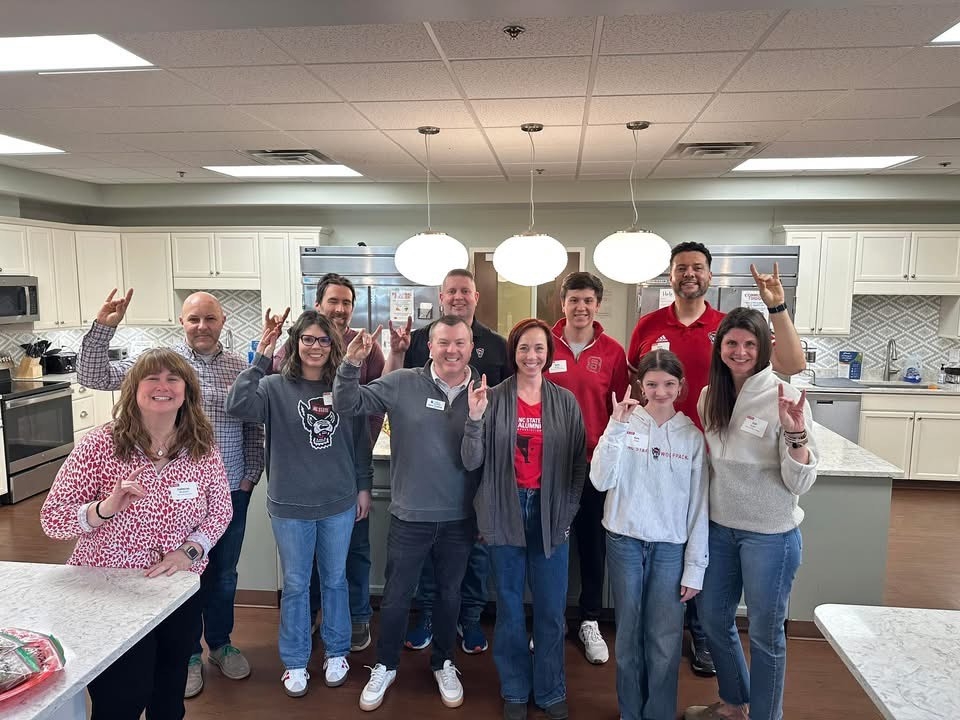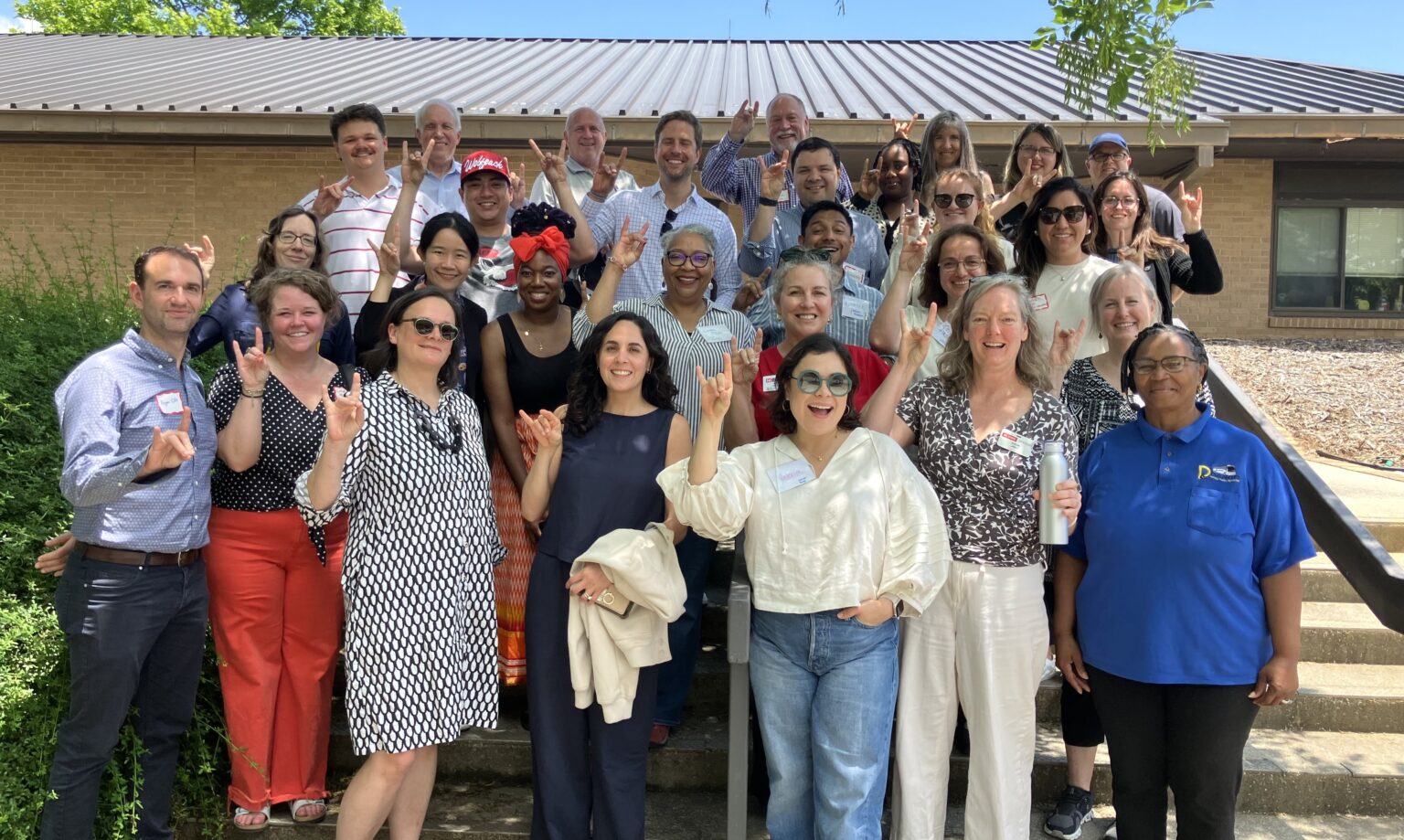Product Innovation Lab: Enabling students to master the path to market solutions
In today’s competitive global markets, the firms that develop innovative new products and services are most likely to survive – and grow. And business professionals who know how to manage the critical process of product development are key to adding value to those firms.
NC State graduate students have a unique opportunity to gain these skills through the cross-disciplinary Product Innovation Lab practicum course. Part of the NC State Jenkins MBA program’s innovation management concentration, the course offers an integrated approach to new product design, development and marketing.
During the semester, teams of students from various fields of study formulate, design and evaluate a new product concept, working within time and resource limitations to develop an actionable project.
“We address real market needs and apply whatever technologies will be helpful in meeting those needs,” said John McCreery, associate professor of operations and innovation management at Poole College.
McCreery and Jonathan Bohlmann, associate professor of marketing in Poole College, co-teach the course, in collaboration with faculty members in the College of Design and College of Engineering at NC State.
“We ask the student teams to go through a process that takes them from ideation of new products and services, all the way to the prototyping of a market solution,” McCreery said. Along the way, the team members are drawing on their collective business acumen, technical knowledge and industrial design expertise.
“That's a lot of work, so the project must be of the right size and scale so that the teams can accomplish all of this in 15 weeks,” McCreery said. Each semester’s projects are based on the needs of sponsors – “ideas that originate with the faculty, other groups on campus or outside industry partners,” Bohlmann said.
“For me the decision (to enroll in the course) was simple,” said Peter Bohlen, an NC State biomedical engineering graduate student. “I am working in a rehabilitation engineering lab, working with human prostheses.” That made him a perfect fit for the ExoPro team which designed an exoprosthesis that could allow an injured pet to regain mobility after an amputation.
“Current pet prostheses are designed in a labor- and material-intensive process,” Bohlen said. The ExoPro project team created a 3D-printed limb “which could cut out the molding and casting process of prosthesis design,” Bohlen said.
Fellow biomedical engineering student Andrea Brandt said the Product Innovation Lab was a chance to expand her range of knowledge and experience beyond her mathematics and science background.
“This course allowed me to broaden my knowledge and skills by incorporating business and marketing aspects I hadn’t considered,” she said. “As a biomedical engineer, I learned quite a bit from the MBAs and the industrial design student in our group. Namely, the amount of work, participation, collaboration and enthusiasm required to get a product to market.”
Essential, messy, difficult work
The Product Innovation Lab isn’t an exercise in ‘what if?’ or ‘maybe.’ “We focus on actual development of a new product, service or experience, which is much different than creating a business plan” for an existing business idea, McCreery said.
Based on their interests and fields of study, students are formed into multidisciplinary teams that reflect the necessary, diverse skills for innovation.
Next, Bohlmann said, “we get them started with a kick-off class that better defines the project and expectations, in cooperation with those that helped originate the project idea.”
The student teams have to learn quickly to work together, communicate effectively and adapt.
“Teams quickly learn that rigidity equals failure, and enlightened trial-and-error will result in better, more innovative solutions,” McCreery said.
Francisco Suarez, electrical engineering graduate student, said the mix of backgrounds and perspectives was the reason his team’s project – VRC Goggles – succeeded.
Their product would use a virtual reality environment to more accurately detect concussions by reproducing common tasks, such as “tracking a ball with their eyes, or trying to balance with one leg up,” Suarez said.
By using multiple sensing modalities, the team hoped to produce a much more accurate and efficient assessment of a concussion, he said.
“We looked at current research and similar products already available in the market,” said VRC team member Namita Narendra, also an electrical engineering graduate student. “This helped us understand the gaps in the current market and how we could use multiple sensors to eliminate this issue.”
“I think if it was solely left up to the engineers, myself included, we would have tried to make something that we thought was cool, but perhaps would have lost sight of the actual market needs and wants,” Suarez said.
Just as in the real world, sometimes ideas don’t pan out, plans change and ideas adapt to real-world realities. And that’s how it ought to be, said McCreery, who quotes design firm IDEO founder David Kelley: "Fail early to succeed sooner."
“We teach teams to experiment, learn and iterate,” he said. “We do the essential, messy, difficult work of actually creating something of value. It doesn't matter if a student wants to work for a large firm, a smaller organization, a non-profit or his or her own company. All these entities need people who can address market needs and develop new solutions.”
And while innovation is a vital skill for entrepreneurs, “Anyone who is interested in creating new value is a good fit for this course,” McCreery said.
“Companies want to hire professionals who can deal with ambiguity, adjust and adapt to changing conditions and be persistent in working toward achieving goals,” McCreery said. “This course builds all these skills.”
That’s what Ambica Pilli, Jenkins MBA student discovered while working on a wearable hydration monitoring system as part of Team H20. She helped conduct market research and financial analyses to determine whether their product was feasible.
Creating innovative solutions for market needs
The knowledge she gained, she said, could help her pursue a future start-up venture, but the skills she developed as part of her team are applicable in many business roles.
“Each team is a mix of MBAs, designers, and engineers, so everyone on the team gets exposed to all three areas. But it's more than mere exposure,” Bohlmann said. “The whole semester is driven by their discovery and understanding of a market need and the hard work to devise an innovative solution that would benefit the market and potential customers.”
The program has been noticed. Student teams have gone on to win prizes at innovation competitions, including the VitalFlo team’s device for helping patients manage asthma.
In September 2014, the VitalFlo team won the first place prize in the Center for Integration of Medicine and Technology (CIMIT)'s Student Technology Prize for Primary Healthcare. The team also was honored at the NASA Tech Briefs Create the Future contest in October 2013. Team Airia‘s air quality monitoring device won top prize in Poole College’s annual Leadership and Innovation Showcase in April 2014.
The Product Innovation Lab has a long and successful history, matching student teams to sponsored projects for the past 20 years. In 2010, the Product Innovation Lab was recognized by Forbes.com as one of the top ten most innovative business courses in the USA.
Also co-teaching this course are Professor Haig Khachatoorian in NC State’s College of Design and professors Ola Harrysson, Troy Nagle, and John Muth of the College of Engineering. The NC State Center for Additive Manufacturing and Logistics provides 3-D printing services for the students’ prototypes, and the NC State ASSIST Center and the Biomedical Engineering department, led jointly by NC State and the University of North Carolina at Chapel Hill, provide project and technical support.


